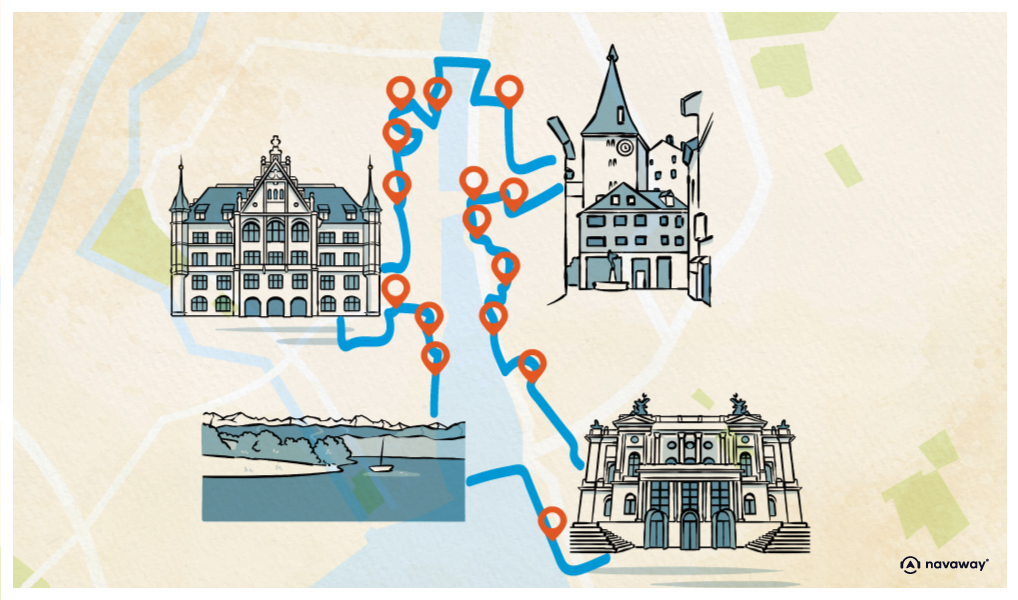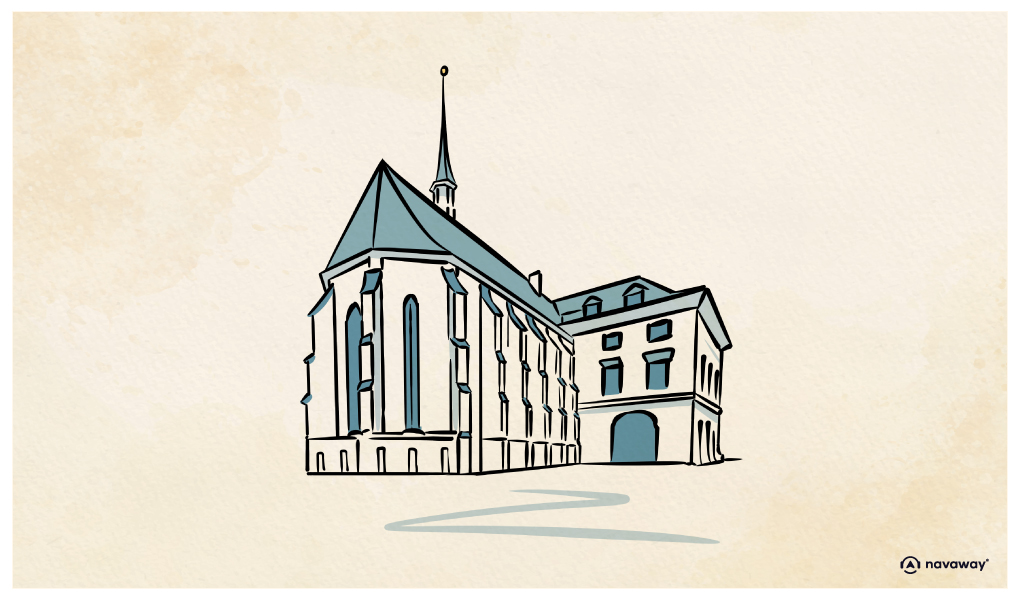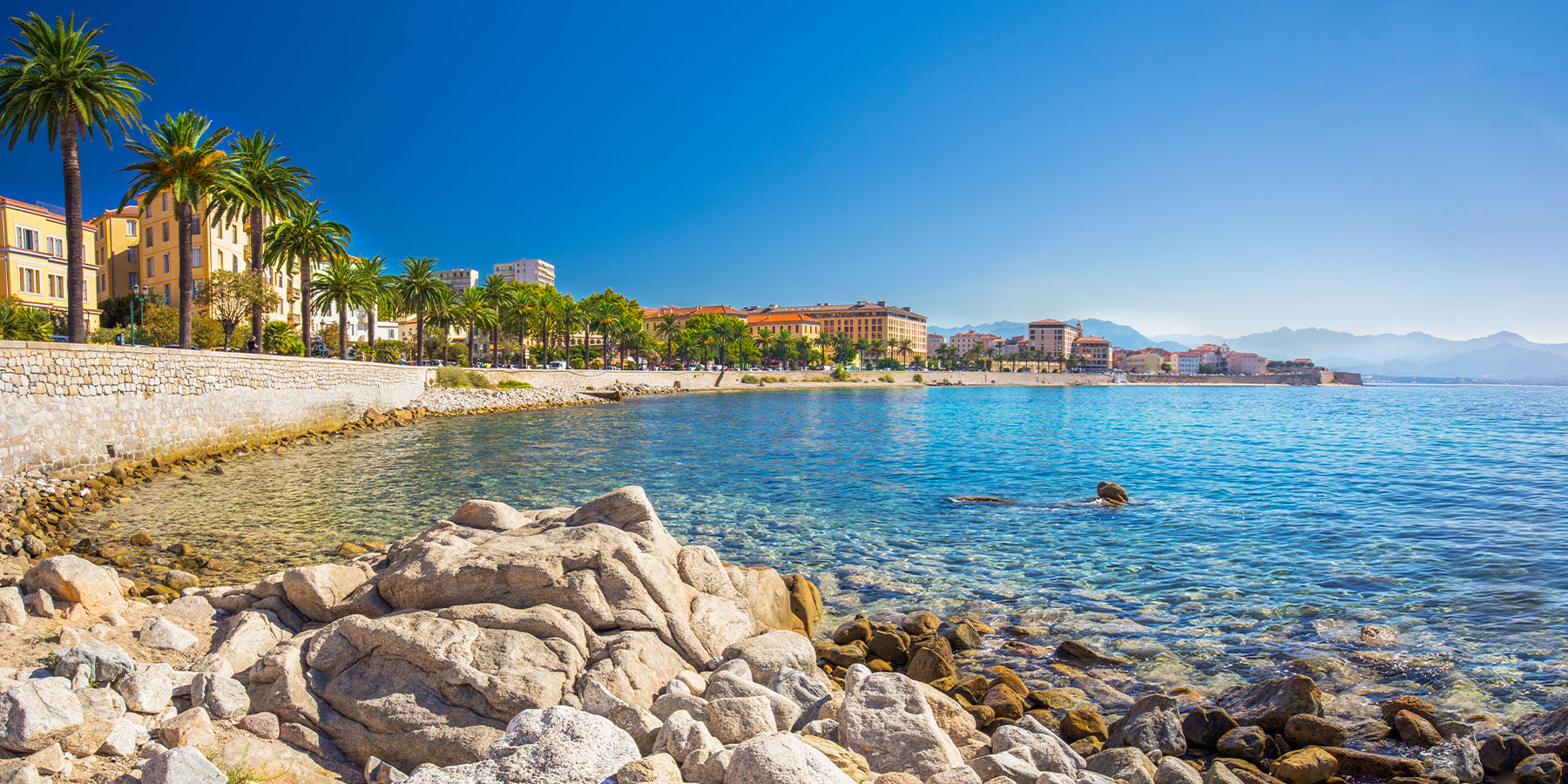
Wasserkirche

This point of interest is available as audio on the tour: Visit Zurich, A City Worth Its Weight in Gold
The church standing before you is the Wasserkirche, which means “Church of the Water.” This mysterious name comes from the fact that the original church—this one is a later reconstruction—was built on a small island in the Limmat River. Don’t bother looking for it—you’re already standing above it! The island disappeared when the quays were raised during construction. Still, this spot holds a special place in Zurich’s popular legends. According to legend, it was here that the Romans executed Zurich’s patron saints, Felix and Regula, on a large rock. After being beheaded and thrown into the river, they are said to have emerged from the water carrying their own heads, walked up the hill, and were buried on the spot where the Grossmünster would later be built Around the year 1000, a small Romanesque chapel was built here, under the name of Ecclesia Aquatica Turicensi, meaning the Water Church of Zurich—whose latin name was Turicum. The site soon became part of a sacred pilgrimage route, and the execution rock, which you can find in the crypt, was its central point.In the 13th century, the church was rebuilt in the popular Gothic style of the time. Then, in the 15th century, it was reconstructed once more in the late Gothic style you see today and consecrated around 1486. During these works, a sulfur spring was discovered beneath the site. Known since ancient times for its healing properties, the spring was used by pilgrims to cure diseases.The statue outside the church represents Ulrich Zwingli, father of the Swiss Protestant Reformation. During that period, the church was stripped of its artworks, organ, and decorations. The spring was sealed. Because the space was considered a temple of idolatry, it was deliberately converted into a two-floor warehouse to prevent further religious use. In 1634, it became Zurich’s first public library. Later, in 1717, the upper floor was removed, and a beautiful wooden gallery was added to restore a sense of warmth. The spring was rediscovered in 1781, and the island was finally connected to the city in 1839. The library moved out in 1917, and after years of debate, the church was restored and returned to Protestant worship. Feel free to step inside this deeply historical space, gifted with a particular style due to its many centuries of transformation. Don’t forget to check out the beautiful stained-glass windows in the choir, made by Augusto Giacometti, an innovator in glass painting and an outstanding artist of the Art Nouveau movement. If you want to see the rock where the martyrs were executed, the crypt of the original 10th-century church has been open to the public since 1988, with free entry.


Discover Zurich with app
An interactive guide through the most beautiful streets, squares, and districts
20 fun audioguides full of historical facts, anecdotes, and legends





Comments